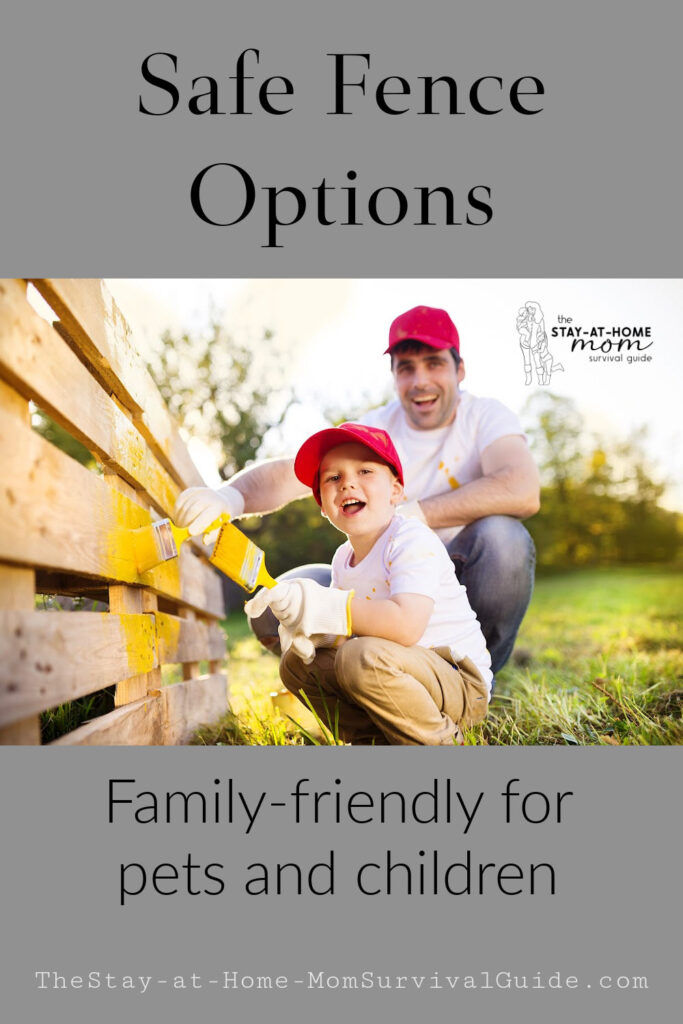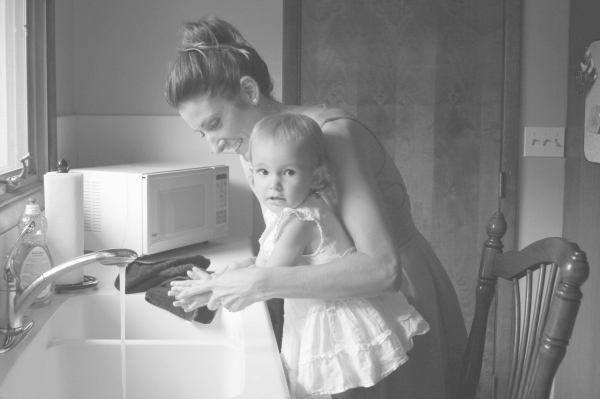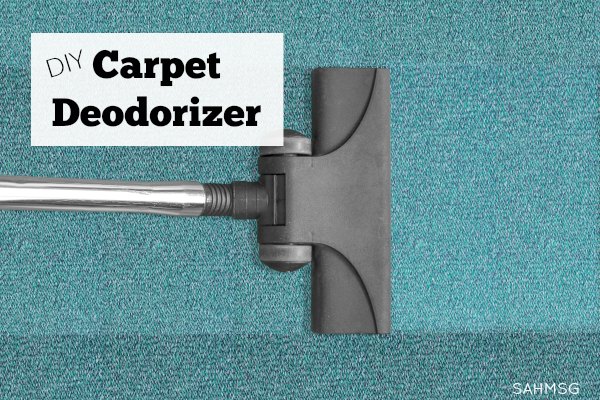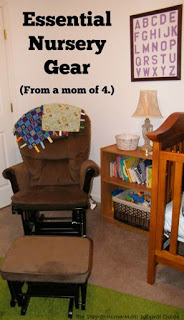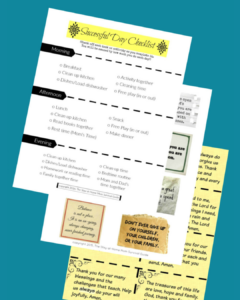Selecting the right fence for your home involves more than just aesthetic considerations. For families with young children and pets, safety becomes a paramount concern.
A well-chosen fence not only enhances the beauty and value of your property but also provides a safe and secure environment for your loved ones to play and explore.
This guide will help you navigate the various types of fences available, considering factors such as durability, height, visibility, and materials to help you make the best choice for your family’s needs.

Best Family-friendly Fences
Durability: A Key Factor for Family-friendly Fences
When it comes to the safety of your children and pets, durability is a key factor to consider. Children are naturally curious and adventurous, often pushing boundaries and testing limits.
Pets, on the other hand, may also exhibit similar behaviors and tend to run around excitedly in their outdoor space. This can put a lot of strain on your fence, so it’s important to choose a durable option that can withstand the wear and tear caused by active children and pets.
Height Matters: Keeping Your Kids and Pets Safe
The height of your fence is another crucial factor in ensuring the safety of your family members. A minimum fence height of 4 feet is recommended for families with young children to prevent them from climbing over.
The fence should be at least 6 feet high for families with pets to keep them from jumping or escaping. It’s also important to consider the size and breed of your pet when choosing a fence height. Some breeds, such as Huskies or Great Danes, are known for their jumping abilities and may require a taller fence.
Visibility: Keeping an Eye on Your Little Ones
While privacy is important for many families, it’s also essential to have visibility regarding the safety of your children and pets. A solid fence that completely blocks the view may make it difficult for you to keep an eye on your little ones while they play outside.
Consider opting for a fence with some visibility, such as a picket or chain link fence. These fences provide enough visibility for you to monitor your children and pets while maintaining a level of privacy.
Materials: Choosing the Right Type for Your Family
There are various materials to choose from when it comes to family-friendly fences. Some popular options include wood, vinyl, aluminum, and chain link. Each material has its advantages and disadvantages, so it’s important to consider your specific needs when deciding.
For example, wood fences can provide a natural and aesthetically pleasing look but may require more maintenance over time.
Vinyl fences are low-maintenance and come in various styles and colors, but they may offer a different level of durability than other materials.
Aluminum fences are durable and easily customized, but they may not provide enough privacy for some families.
Chain link fences are affordable and low-maintenance, but they may not be the most aesthetically pleasing option.
It’s important to weigh the pros and cons of each material to determine which one best suits your family’s needs and budget.

Additional Factors to Consider
- Ease of Installation: Depending on the type of fence chosen, installation can be either a DIY task or a task requiring professional installation. While chain-link and wooden fences may be simpler, options such as vinyl and aluminum may require professional installation services. Therefore, consider the ease of installation and costs of selecting a fence.
- Maintenance Requirements: Every fencing material has its own maintenance needs. Wood fences may need frequent staining or painting and can be susceptible to termite infestation, while vinyl or aluminum fences require less maintenance. Consider how much time and resources you are willing to invest in maintaining your fence in the long run.
- Local Regulations: Most localities have regulations regarding fences, including height restrictions, style guidelines, and rules about installation. Before purchasing a fence, it’s important to check with your local council or homeowners’ association to ensure your choice meets all local regulations. Professionals, such as those at Stand Strong Fencing, can help you with this.
- Climate: The climate in your area can significantly impact the longevity and maintenance requirements of your fence. In areas prone to high winds or heavy snowfall, a sturdy and durable fencing material like metal or thick wood may be best. For humid climates, consider rust-resistant materials like vinyl or treated wood.
- Aesthetics: While safety and functionality are important, the look of your fence should also align with your home’s exterior design. A fence is a large and permanent fixture that can significantly impact your property’s curb appeal, so consider a design and material that complements your home’s style.
- Cost: Budget is a key factor when choosing a fence. Initial costs include the price of the material and installation. Ongoing costs, such as maintenance and potential repairs, should also be factored into the budget. Remember, a cheaper fence may be more expensive in the long run if it requires frequent repair or replacement.
Conclusion
In conclusion, choosing a family-friendly fence requires careful consideration of various factors such as durability, height, visibility, materials, and additional considerations like ease of installation, maintenance requirements, local regulations, climate, aesthetics, and cost.
By considering all these factors and selecting the right type of fence for your family’s needs and budget, you can create a safe and secure outdoor space for your children and pets.
